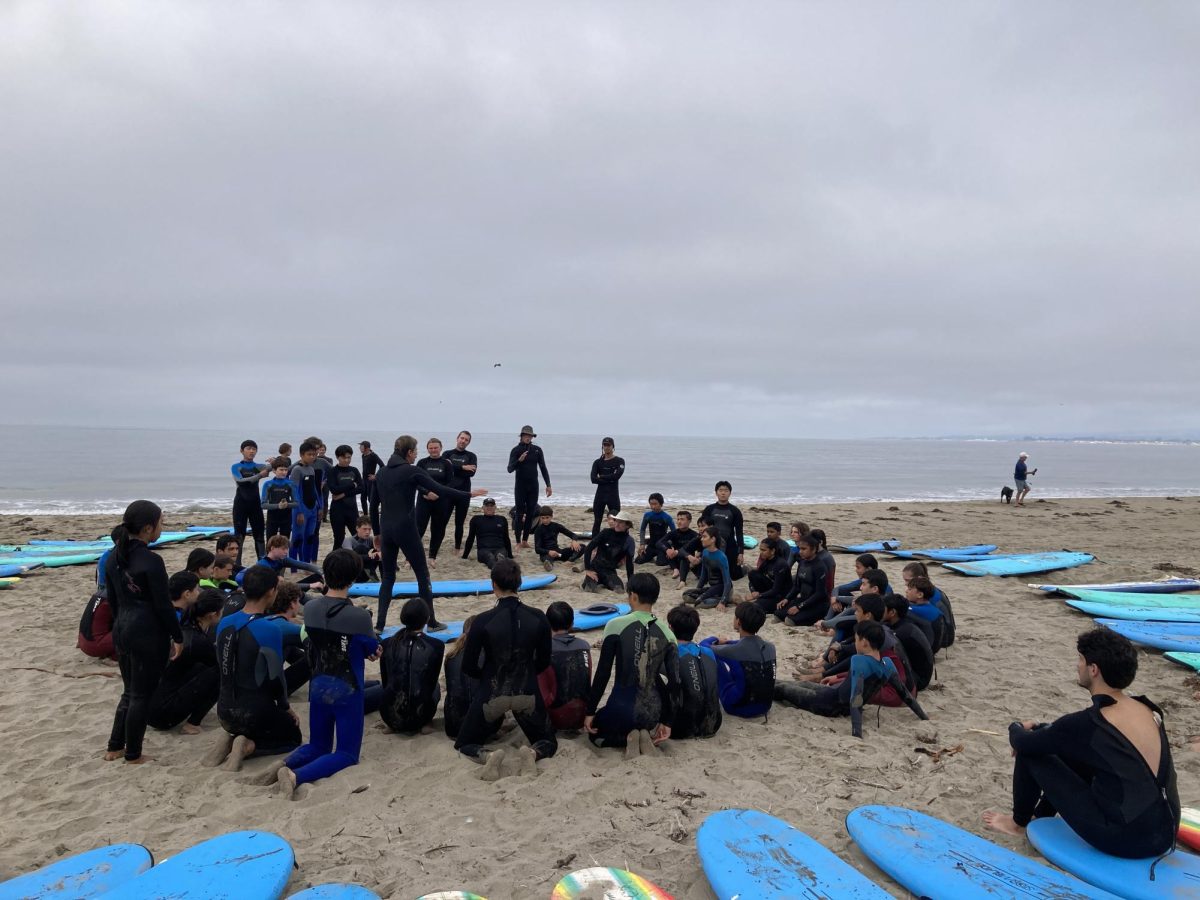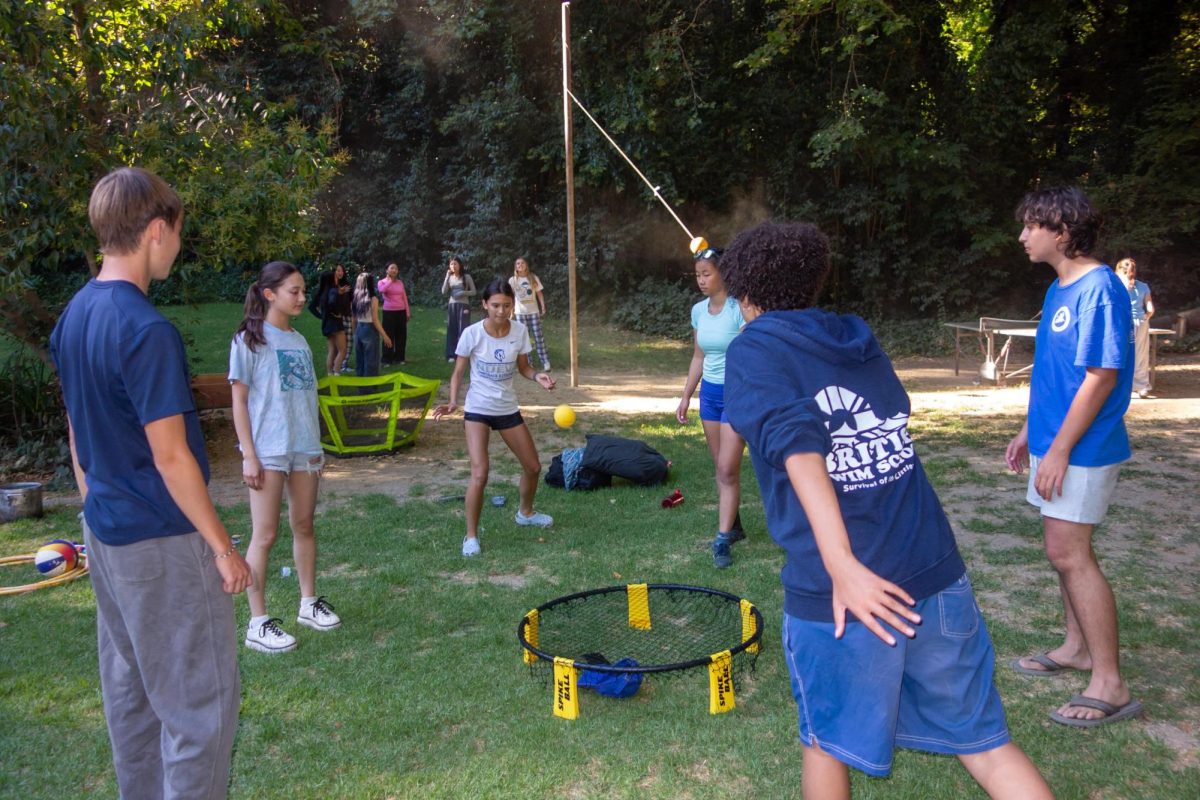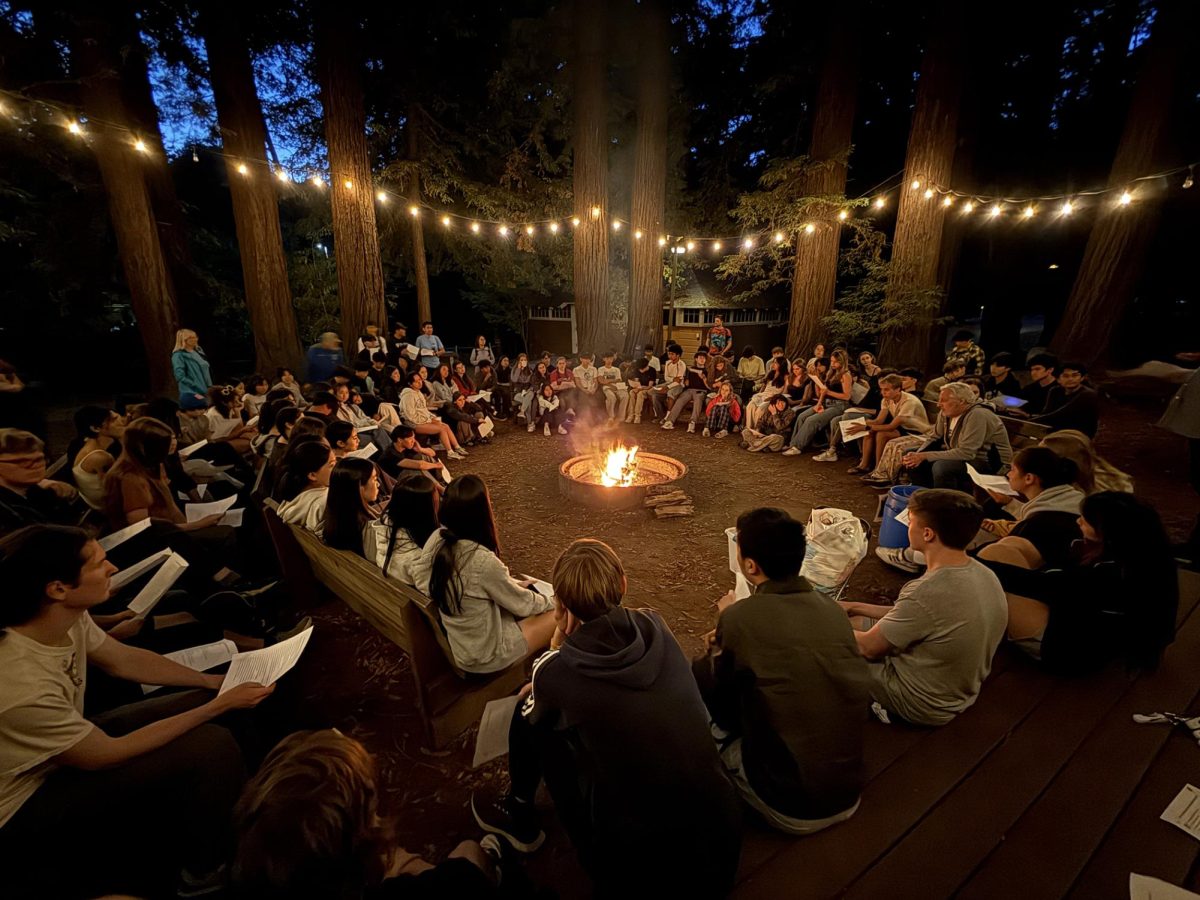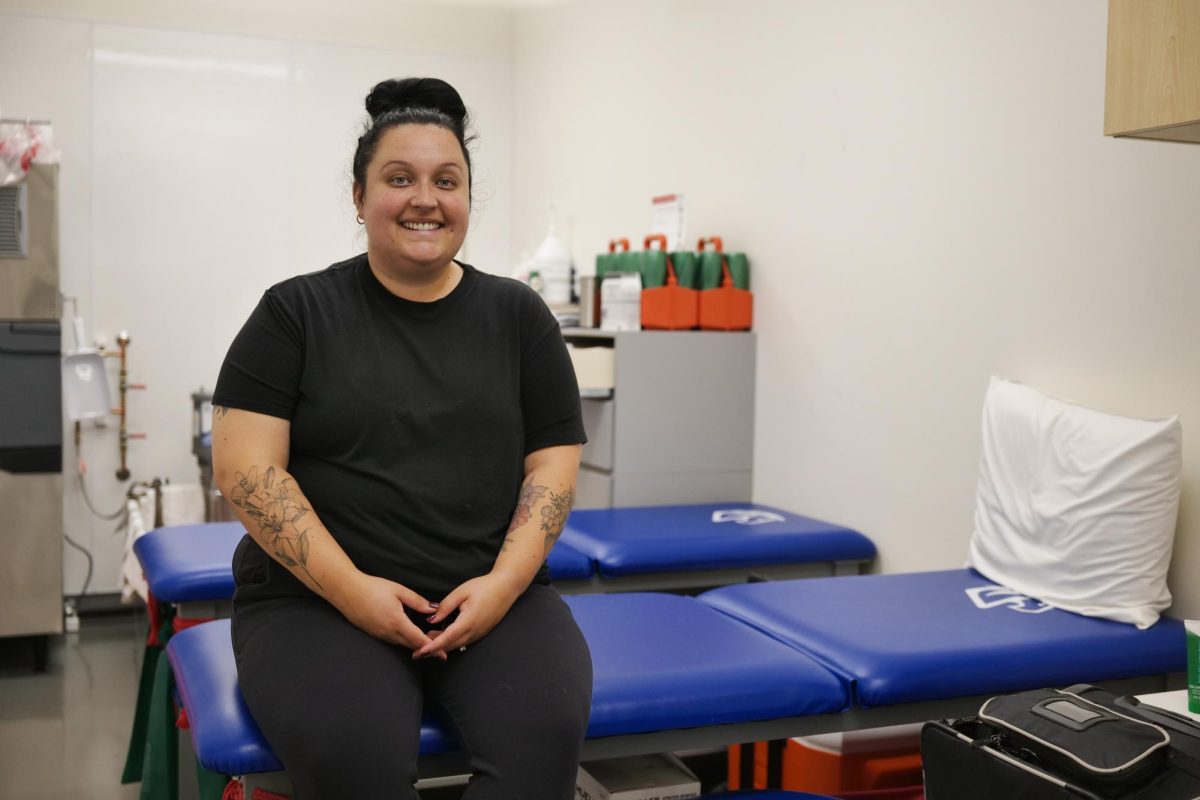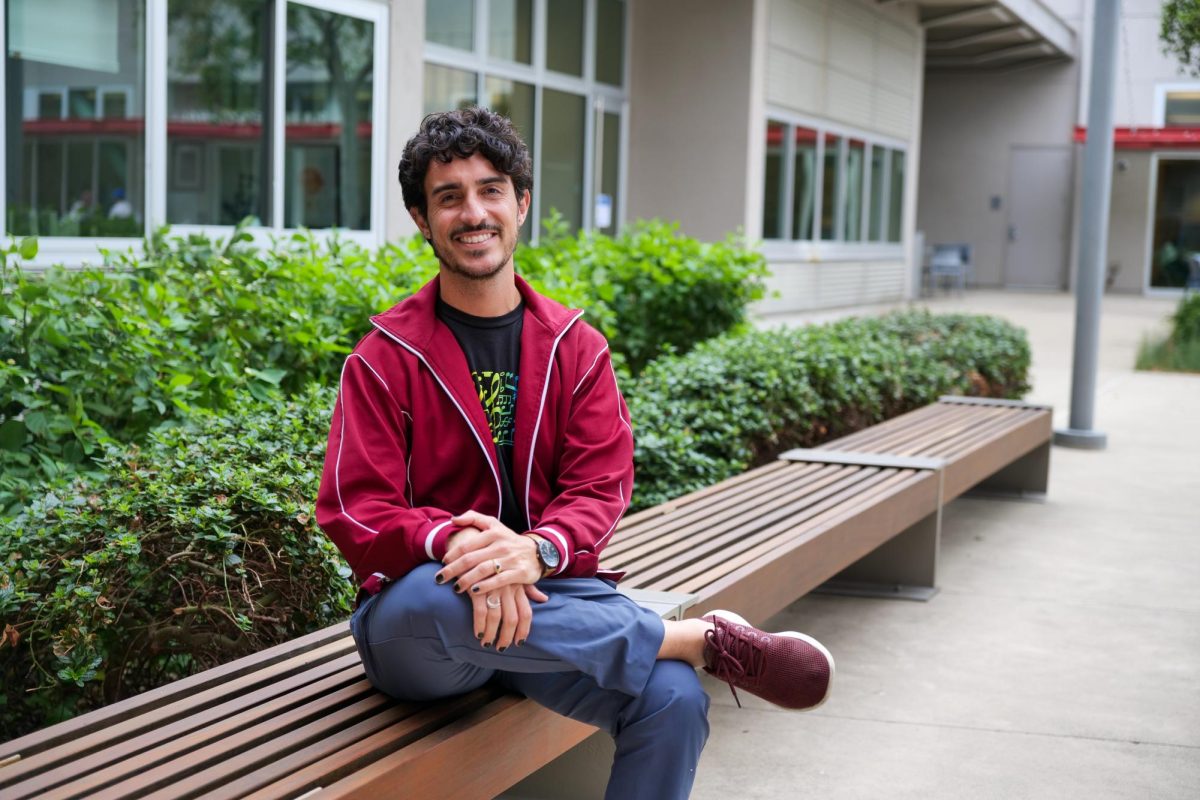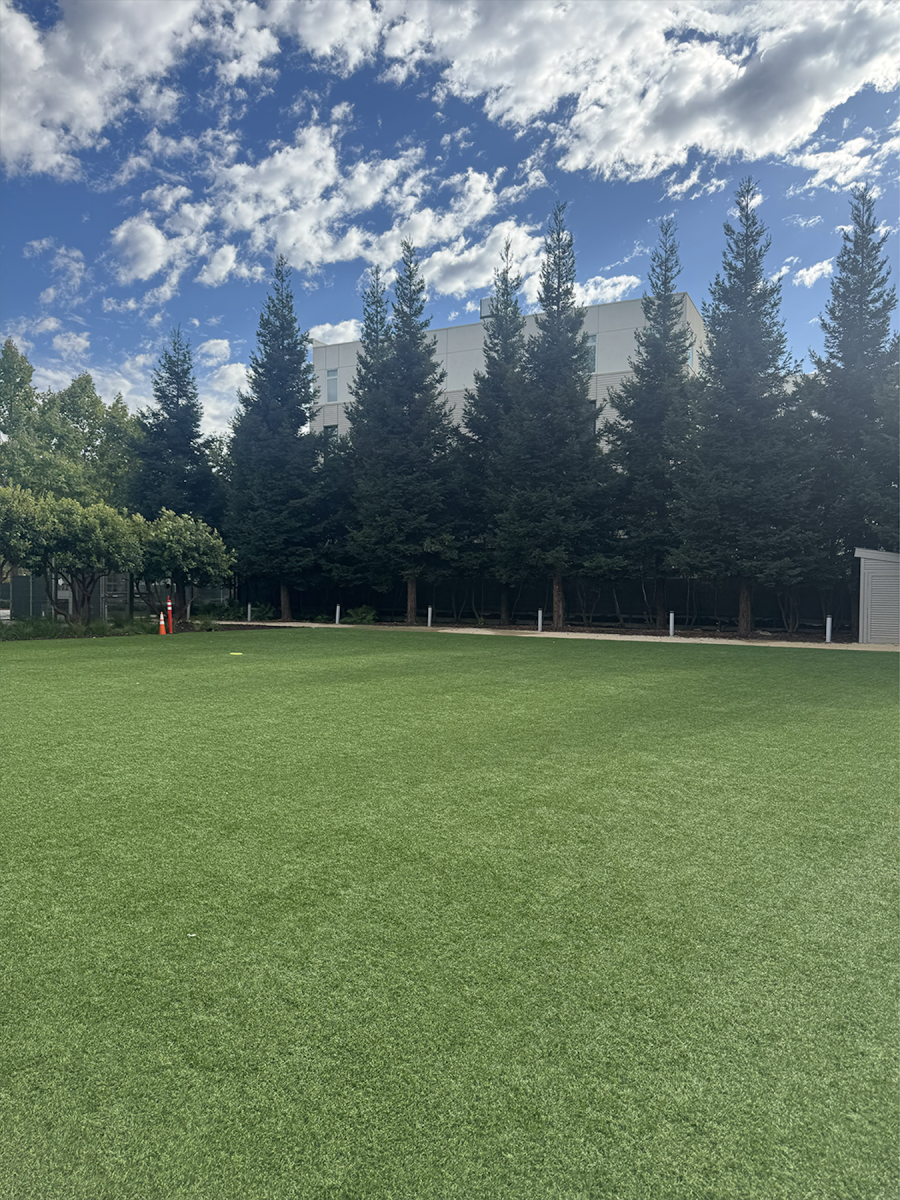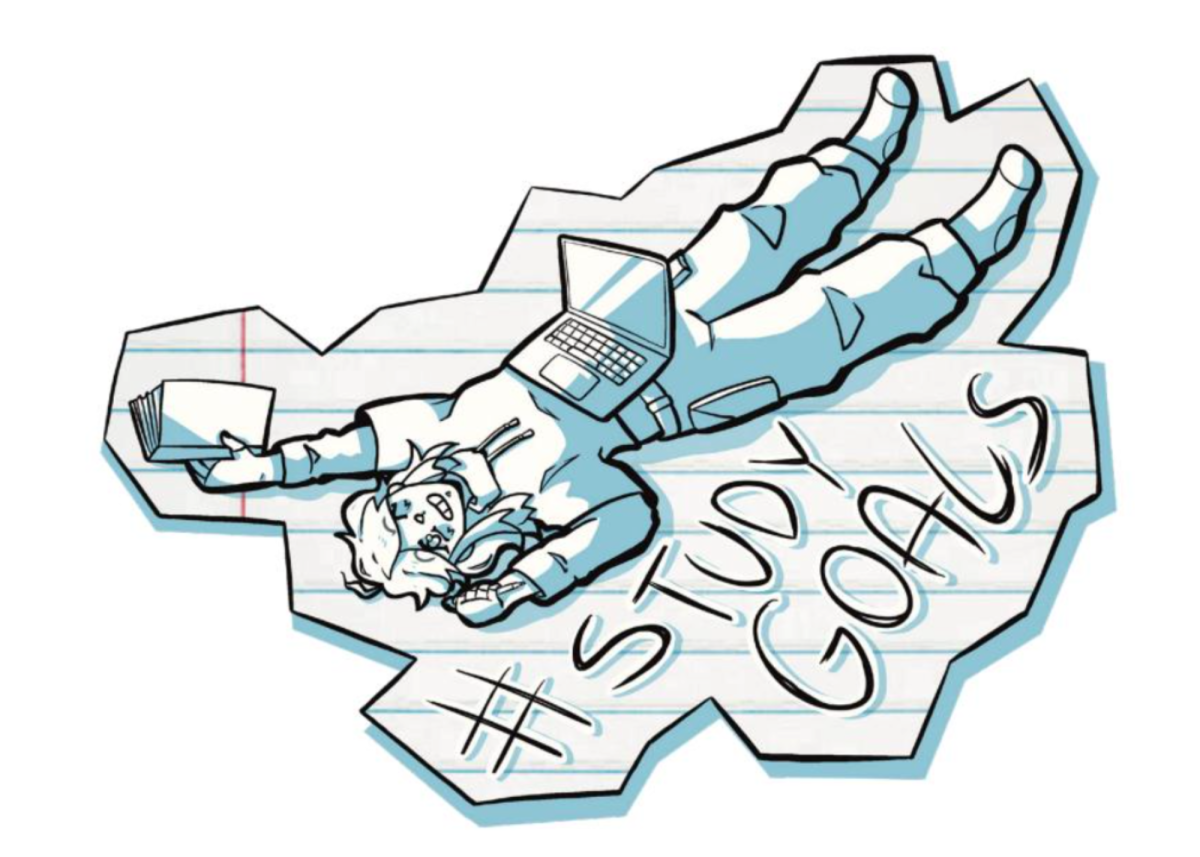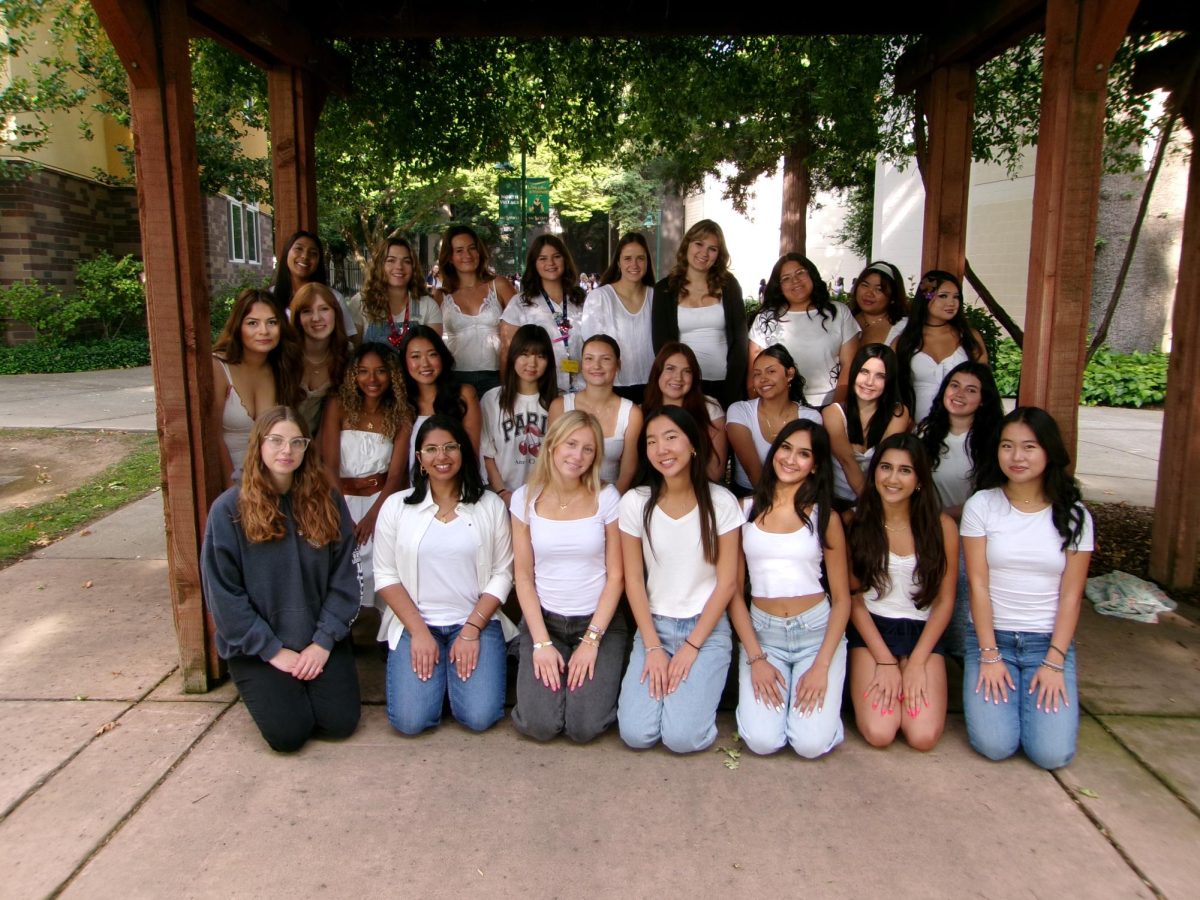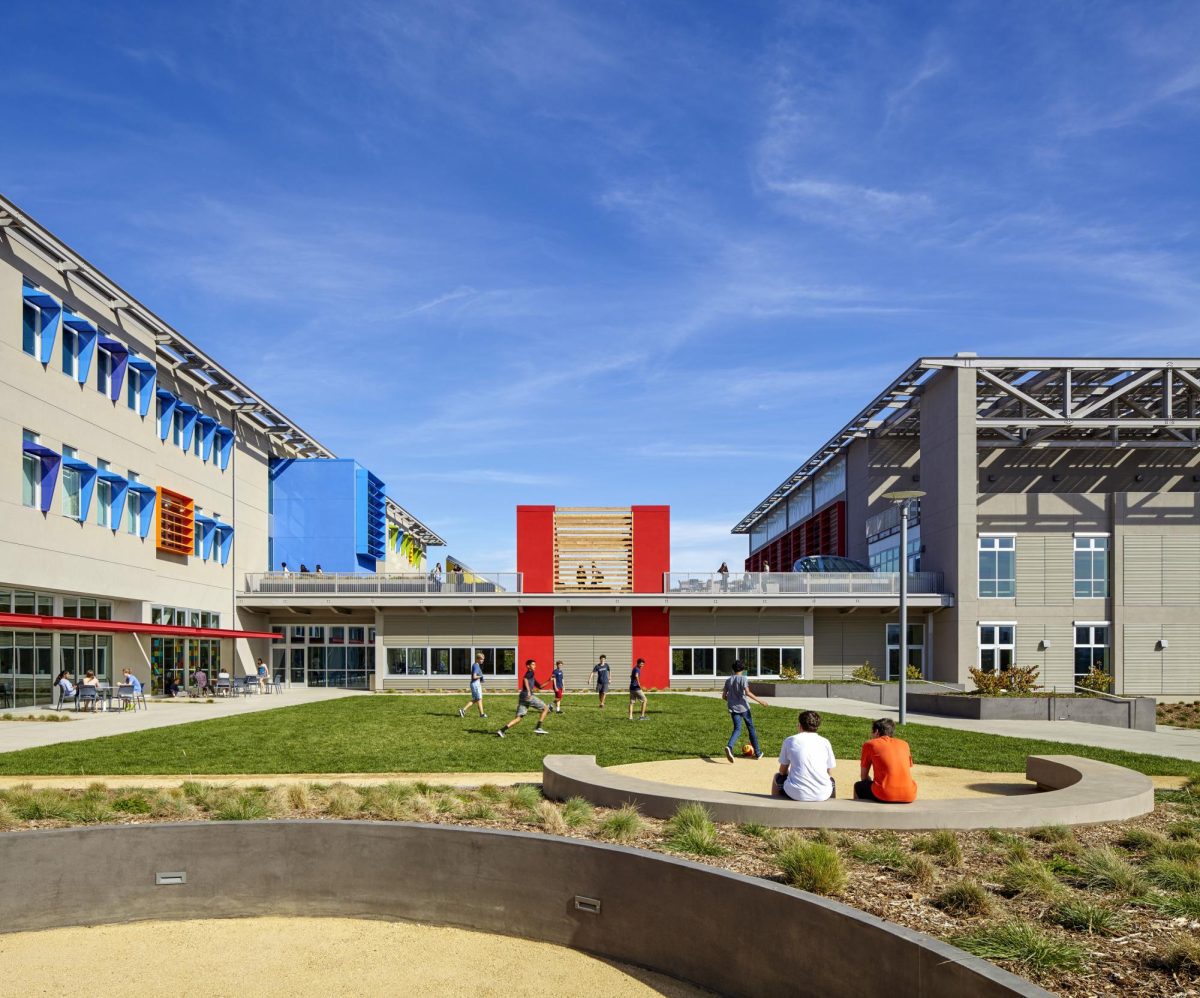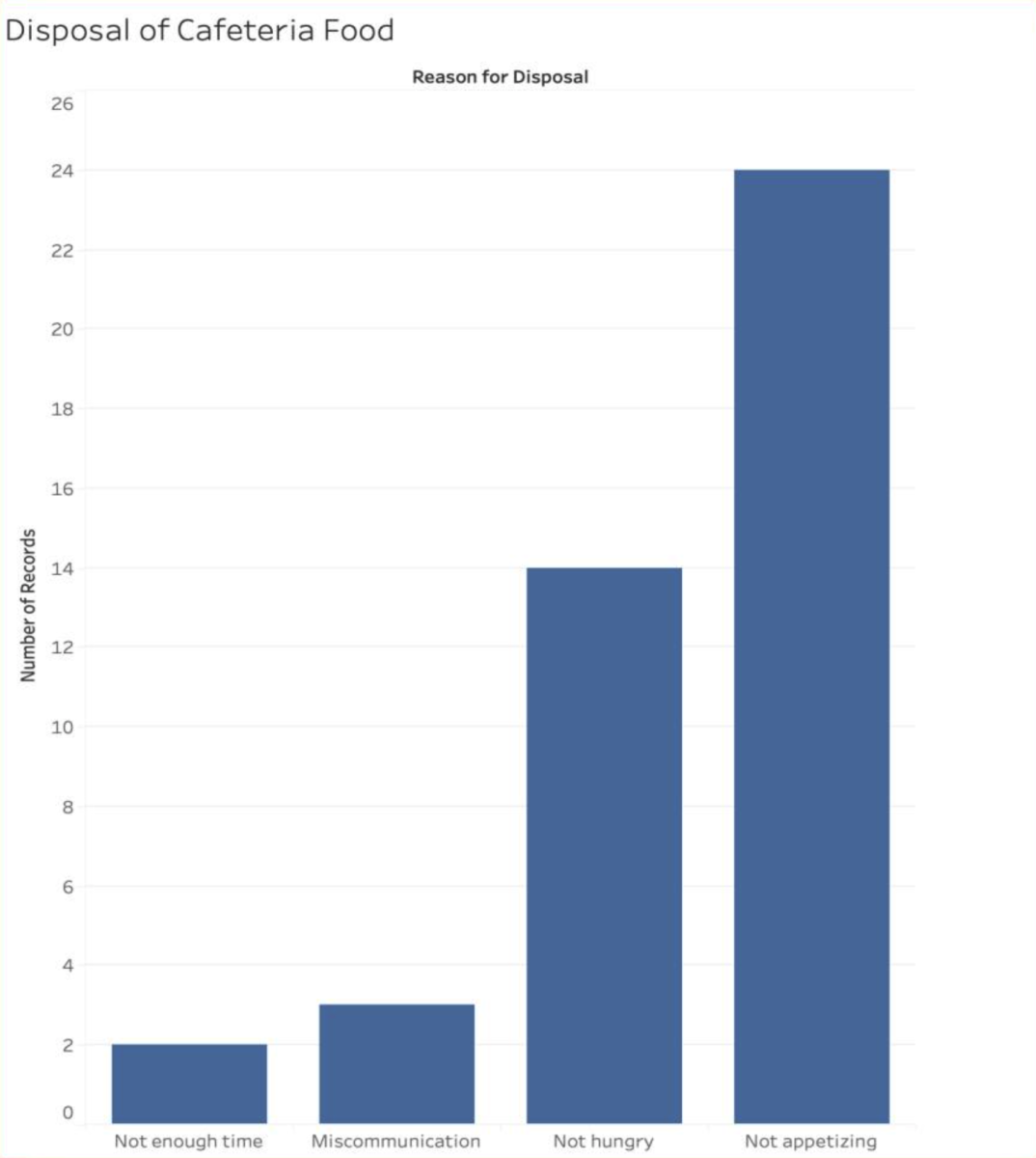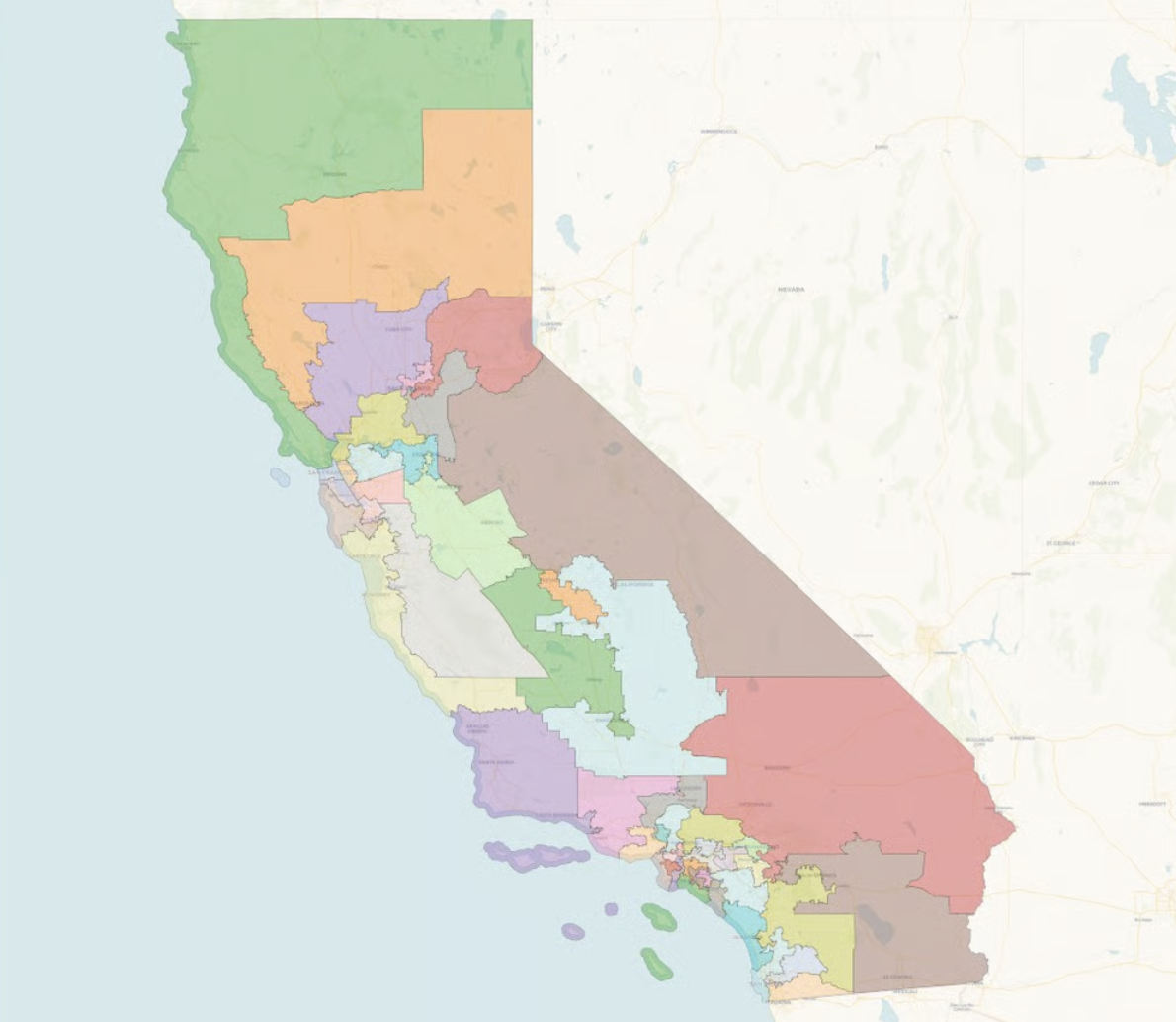After lunch, students line up to clear their plates in the compost bins, often scraping away untouched eggplant, Brussels sprouts, and meat-free meatballs.
A recent survey with a sample size of 68 Upper School students revealed that students, on average, throw out between 25 to 37 percent of what’s left on their plates. Vegetables rank among the most common uneaten items.
“Food waste is a privilege. It is not something we should be doing,” said Mars Resser ’27, admitting, “I don’t really want to be, but I would say I am a really big food waster, and sometimes if I really don’t like the food, I will just throw away the plate.”
Although the reasons behind food waste vary, the most common is taste and portion size, with 54 percent of students in the survey citing “not appetizing” and 33 percent citing “not hungry”.
“Most people only want to eat what they want, and you don’t want to be the rude person who says you don’t want anything. By not being picky, you’re forced to be picky,” Anjali Mariathasan ’27 said.
Concerned about food waste, the Environmental Club led a half-day food waste audit in December. Club members found black beans, tortillas, chicken, and other wasted food in the compost bins.
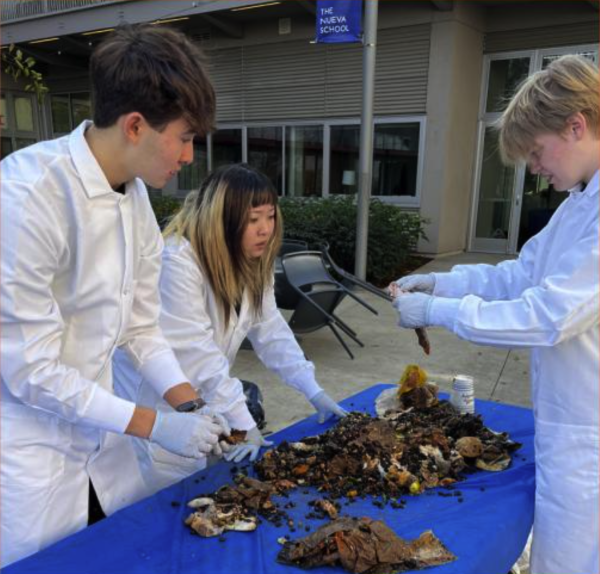
“All three of the trash cans, not just the compost bin, were filled with a ton of wasted food that I think can be going to better places,” said Veer Chowdhary ’28, a member of the Environmental Club.
At the end of the audit, students found that 65 lbs of uneaten food were thrown away. The school is working on anti-food waste efforts with a variety of individuals.
“We met with Rafa, the head of the Upper School Cafe, and what we learned is that in terms of other schools, Nueva does a pretty good job of reducing food waste,” Justin Chou-Belden ’26 said, a Co-Lead of the Environmental Club. “The cafe does a really good job when they don’t finish a meal to use it for sandwiches or use it for soups.”
Additionally, the Environmental Club welcomed Recology employee Brenner Mullin, who is attempting to work with schools in San Mateo to reduce food waste and trash contamination, to speak to students on campus.
At an Environmental Club meeting on May 7, Mullin offered resources and information about trash contamination and trash sorting efforts, including resources for the school to improve its food waste.
Despite these waste patterns, recent survey results graded on a scale from 1–5 for care indicated that students who reported caring more about food waste tended to throw away less food. Students who throw away less than the school average of 30.9 percent of their plates do care more about food waste than those who throw away more than the school average.
For some students, improving education and awareness is the next step in addressing food waste on campus.
“We need to change the culture around food waste,” Chou-Belden said.“I think we need to raise visibility on why food waste is harmful and why it is impactful.”
“I think it comes down to education,” Resser said. “We need to inform the student body about the environmental harms of food waste and the world hunger that exists. It is important to give that perspective.”



